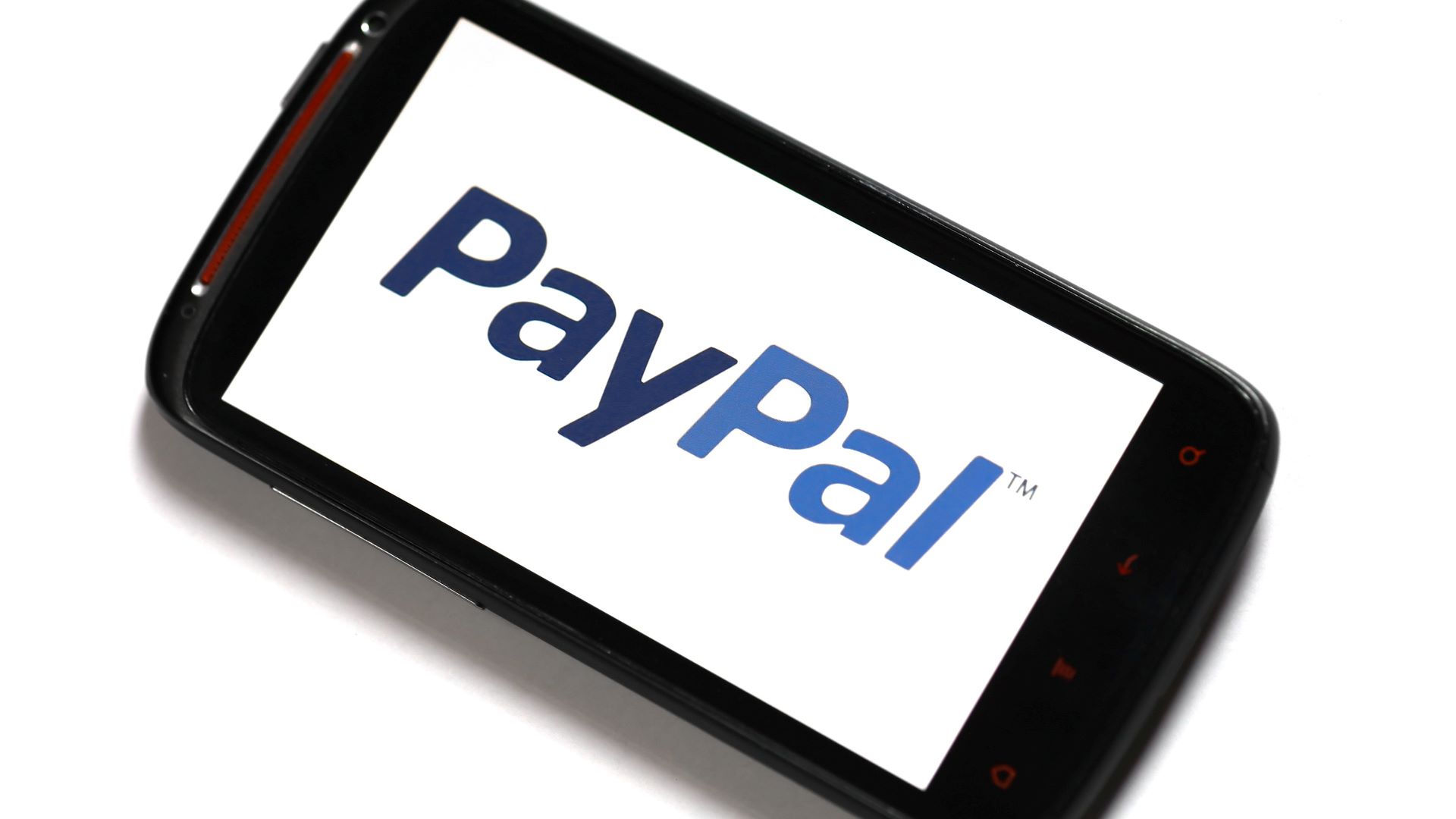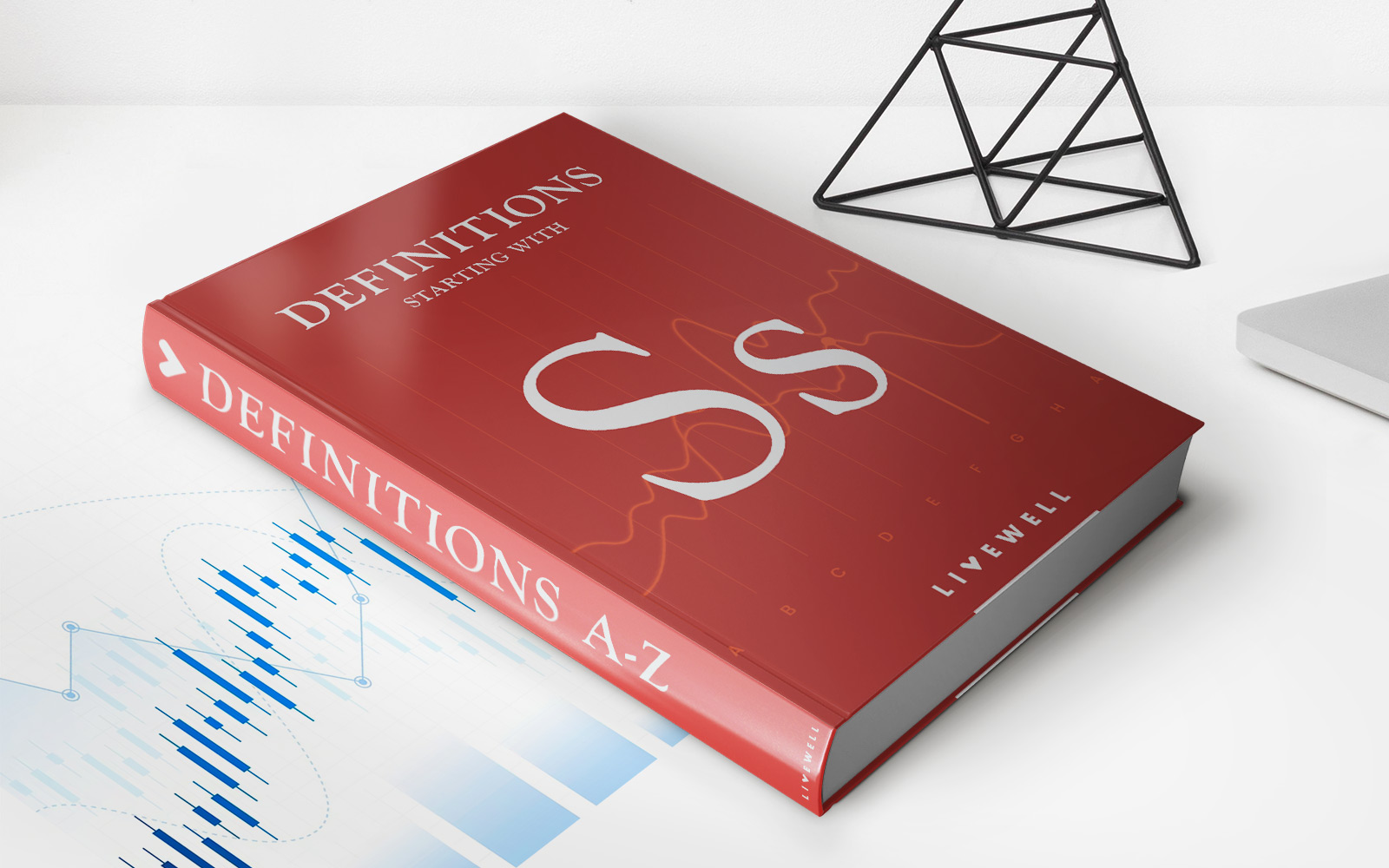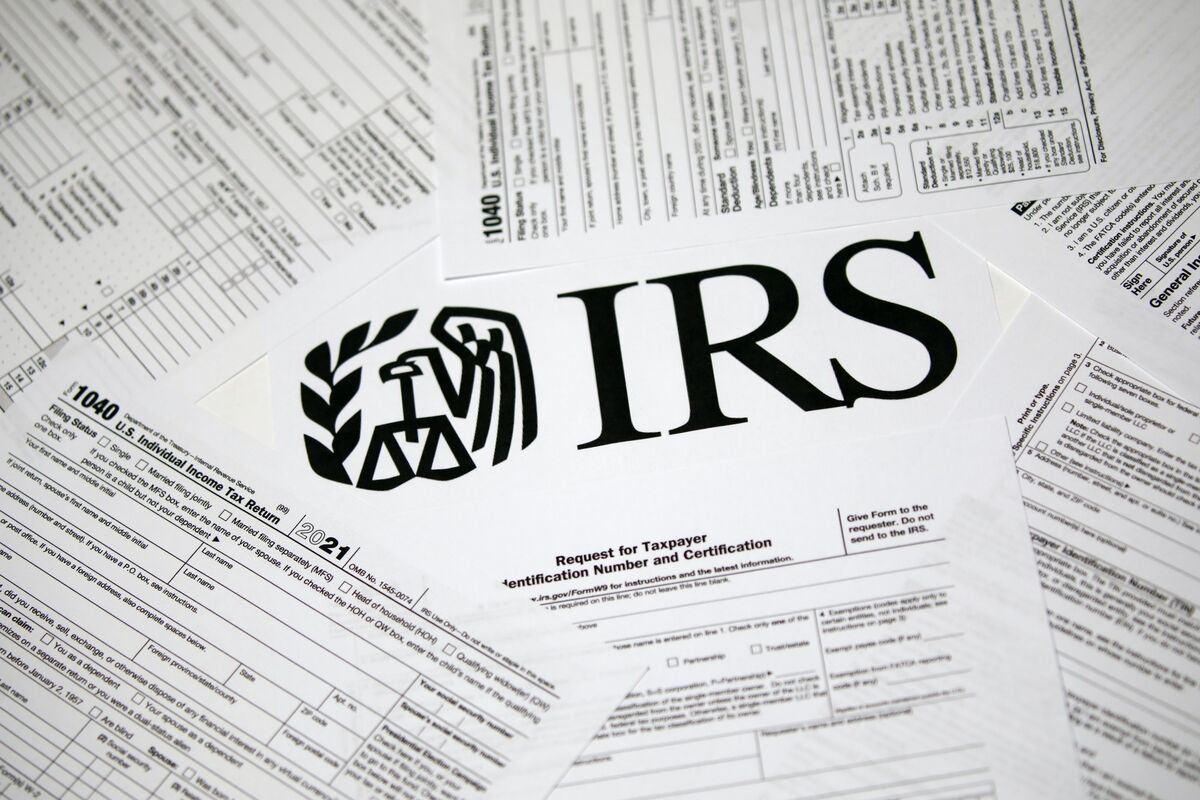Home>Finance>Can I Make More Than The Minimum Payment When Auto Payment Is Turned On


Finance
Can I Make More Than The Minimum Payment When Auto Payment Is Turned On
Published: February 26, 2024
Learn how to manage your auto payments and make extra payments to save on interest. Take control of your finances and pay off your loan faster. Explore your options today!
(Many of the links in this article redirect to a specific reviewed product. Your purchase of these products through affiliate links helps to generate commission for LiveWell, at no extra cost. Learn more)
Table of Contents
Introduction
Understanding the Dynamics of Auto Payments
Auto payments have become a prevalent feature in the realm of personal finance, offering convenience and peace of mind to individuals managing their financial obligations. Whether it's for a credit card, loan, or mortgage, setting up automatic payments ensures that the minimum amount due is deducted from your account on a scheduled basis, typically monthly. While this system provides a safety net against missed payments and potential late fees, it also prompts a common query among conscientious borrowers: "Can I make more than the minimum payment when auto payment is turned on?"
This question arises from the desire to proactively manage one's finances and expedite the debt repayment process. Despite the automatic deductions, many individuals seek ways to accelerate their progress toward financial freedom and reduce the burden of long-term debt. In this article, we'll delve into the intricacies of auto payments and explore the possibility of making additional payments while the auto payment feature is active.
Auto payments are designed to streamline the payment process, offering convenience and ensuring that the minimum amount due is consistently met. However, this automation doesn't preclude the option to make extra payments. Understanding the implications of doing so is crucial for borrowers aiming to optimize their financial strategies and achieve their goals effectively. Let's unravel the nuances of making additional payments with auto payment turned on and weigh the benefits and potential drawbacks of this approach.
Understanding Auto Payments
The Convenience and Mechanics of Auto Payments
Auto payments, also known as automatic payments or recurring payments, are a financial tool that allows individuals to authorize regular deductions from their bank accounts to fulfill recurring bills or debts. This automated process is commonly used for credit card payments, loan installments, utility bills, and subscription services. When setting up auto payments, individuals provide their banking information and authorize the payee to withdraw funds on predetermined dates, typically on a monthly basis.
The primary benefit of auto payments is the convenience they offer. By automating the payment process, individuals can ensure that their financial obligations are met without the need for manual intervention each month. This reduces the risk of missed payments, late fees, and potential negative impacts on credit scores. Moreover, auto payments provide a sense of financial security, as individuals can rely on the consistent fulfillment of their financial responsibilities.
From a technical standpoint, auto payments operate through the Automated Clearing House (ACH) network, a secure electronic funds transfer system used by financial institutions to process transactions. Once authorized, the payee (creditor or service provider) sends a request to the payer's bank to initiate the transfer of funds on the specified due date. The bank then debits the payer's account and transfers the funds to the payee's account, completing the payment process seamlessly.
While auto payments offer undeniable convenience and reliability, it's essential for individuals to understand the parameters of this automated system. Most notably, auto payments typically cover only the minimum amount due on a debt or bill. This raises the question: Can individuals make additional payments while auto payment is turned on? The answer is affirmative, and exploring this possibility can empower individuals to take control of their financial journey and expedite their path to financial freedom.
Making Additional Payments with Auto Payment Turned On
Empowering Financial Flexibility
Despite the automated nature of recurring payments, individuals have the flexibility to make additional payments toward their debts or bills, even when auto payment is turned on. This capability allows borrowers to proactively manage their finances, reduce interest costs, and accelerate their journey toward debt freedom.
When considering the option to make extra payments with auto payment activated, it’s important to understand the mechanics of how these additional funds are applied. In most cases, when an individual makes a payment that exceeds the minimum amount due, the surplus is allocated toward reducing the principal balance of the debt. By diminishing the principal, borrowers can effectively decrease the total interest accrued over the life of the debt, potentially saving substantial amounts in the long run.
Moreover, making extra payments while auto payment is active enables individuals to expedite the payoff timeline. By consistently allocating additional funds toward their debts, borrowers can reduce the number of remaining payments and achieve financial freedom sooner than anticipated. This proactive approach aligns with the overarching goal of minimizing debt and optimizing financial well-being.
It’s important to note that when making additional payments alongside auto payments, individuals should ensure that the supplementary funds are explicitly designated for reducing the principal balance. Clear communication with the creditor or service provider can help avoid misunderstandings and ensure that the surplus payments are allocated as intended. Additionally, monitoring the account statements to verify the proper application of extra payments is advisable to maintain transparency and financial clarity.
By leveraging the flexibility to make additional payments while auto payment is turned on, individuals can take control of their financial trajectory, mitigate interest costs, and expedite their progress toward debt freedom. This proactive approach empowers borrowers to optimize their financial strategies and cultivate a stronger foundation for long-term financial well-being.
Benefits of Making More Than the Minimum Payment
Empowering Financial Progress and Savings
Opting to make more than the minimum payment, particularly when auto payment is active, yields a myriad of benefits that can significantly impact an individual’s financial well-being. By proactively allocating additional funds toward debt repayment, borrowers can unlock several advantages that contribute to long-term financial progress and savings.
- Interest Reduction: Making extra payments enables individuals to reduce the outstanding principal balance of their debts. As a result, the total interest accrued over the life of the debt decreases, leading to substantial interest savings. This proactive approach not only expedites the debt payoff timeline but also minimizes the financial burden imposed by interest costs.
- Accelerated Debt Repayment: By consistently making more than the minimum payment, borrowers can expedite the payoff timeline of their debts. This accelerated debt repayment not only alleviates the psychological and financial stress associated with long-term debt but also fosters a sense of accomplishment and progress toward financial freedom.
- Financial Flexibility: Making additional payments while auto payment is active provides individuals with a greater degree of financial flexibility. By reducing the principal balance, borrowers create room for maneuverability in their financial landscape, potentially enabling them to pursue other financial goals and opportunities with greater ease.
- Long-Term Savings: The interest savings generated by making more than the minimum payment can translate into substantial long-term savings. By diminishing the total interest costs, individuals can preserve financial resources that would have otherwise been allocated toward interest payments, thereby bolstering their financial resilience and future opportunities for wealth accumulation.
These benefits collectively underscore the value of making more than the minimum payment, especially in conjunction with auto payments. This proactive approach empowers individuals to optimize their financial strategies, reduce the burden of debt, and pave the way for enhanced financial well-being and security.
Potential Drawbacks of Making More Than the Minimum Payment
Considerations for Strategic Financial Management
While the advantages of making more than the minimum payment are compelling, it’s essential to consider potential drawbacks that may warrant careful evaluation. Understanding these considerations can help individuals make informed decisions regarding their financial strategies and debt repayment approaches.
- Opportunity Cost: Allocating substantial funds toward debt repayment, especially if it entails making more than the minimum payment consistently, may divert resources from other financial priorities. Individuals should assess whether the benefits of accelerated debt repayment outweigh the potential trade-offs in pursuing alternative financial endeavors, such as investing, saving for emergencies, or addressing higher-interest debts.
- Liquidity Impact: Making additional payments can tie up liquid assets that could otherwise be utilized for immediate financial needs or unforeseen expenses. While reducing debt is commendable, individuals should strike a balance between debt repayment and maintaining an adequate level of liquidity to navigate unexpected financial challenges effectively.
- Prepayment Penalties: Some lending agreements, particularly in the realm of mortgages and certain loans, may impose prepayment penalties for borrowers who pay off their debts ahead of schedule. It’s crucial for individuals to review the terms of their lending agreements and ascertain whether prepayment penalties apply, as these fees can offset the benefits of making extra payments.
- Impact on Cash Flow: Consistently making more than the minimum payment can impact an individual’s monthly cash flow. While this approach expedites debt repayment, it’s important to ensure that the surplus payments do not compromise the ability to cover essential living expenses, maintain emergency funds, or pursue opportunities that require available capital.
These potential drawbacks underscore the importance of a balanced and strategic approach to debt repayment. While the benefits of making more than the minimum payment are substantial, individuals should assess their unique financial circumstances and priorities to determine the most advantageous allocation of their financial resources.
Conclusion
Navigating the Intersection of Auto Payments and Financial Empowerment
As individuals navigate the landscape of debt repayment and financial management, the question of whether one can make more than the minimum payment when auto payment is turned on emerges as a pivotal consideration. The intersection of auto payments and the option to make additional payments embodies a nuanced approach to financial empowerment, offering both opportunities and considerations for borrowers seeking to optimize their financial strategies.
Auto payments, renowned for their convenience and reliability, serve as a foundational mechanism for fulfilling recurring financial obligations. While these automated payments typically cover the minimum amount due, individuals retain the flexibility to make extra payments, thereby propelling their journey toward debt freedom and financial well-being.
The benefits of making more than the minimum payment are multifaceted, encompassing interest reduction, accelerated debt repayment, enhanced financial flexibility, and long-term savings. By harnessing this proactive approach, individuals can mitigate interest costs, expedite their path to debt freedom, and cultivate a stronger financial foundation for the future.
Conversely, potential drawbacks such as opportunity cost, liquidity impact, prepayment penalties, and cash flow considerations warrant thoughtful deliberation. Balancing the advantages of accelerated debt repayment with the need to maintain financial flexibility and strategic resource allocation is essential for informed decision-making.
In essence, the ability to make more than the minimum payment while auto payment is active represents a strategic opportunity for individuals to exercise greater control over their financial trajectory. By leveraging this flexibility judiciously and aligning it with their overarching financial goals, borrowers can navigate the intersection of auto payments and financial empowerment with clarity and purpose.
Ultimately, the decision to make additional payments alongside auto payments is a deeply personal one, influenced by individual financial circumstances, priorities, and aspirations. By embracing a holistic approach to financial management and debt repayment, individuals can harness the power of both automation and proactive financial stewardship, paving the way for sustained financial well-being and empowerment.














